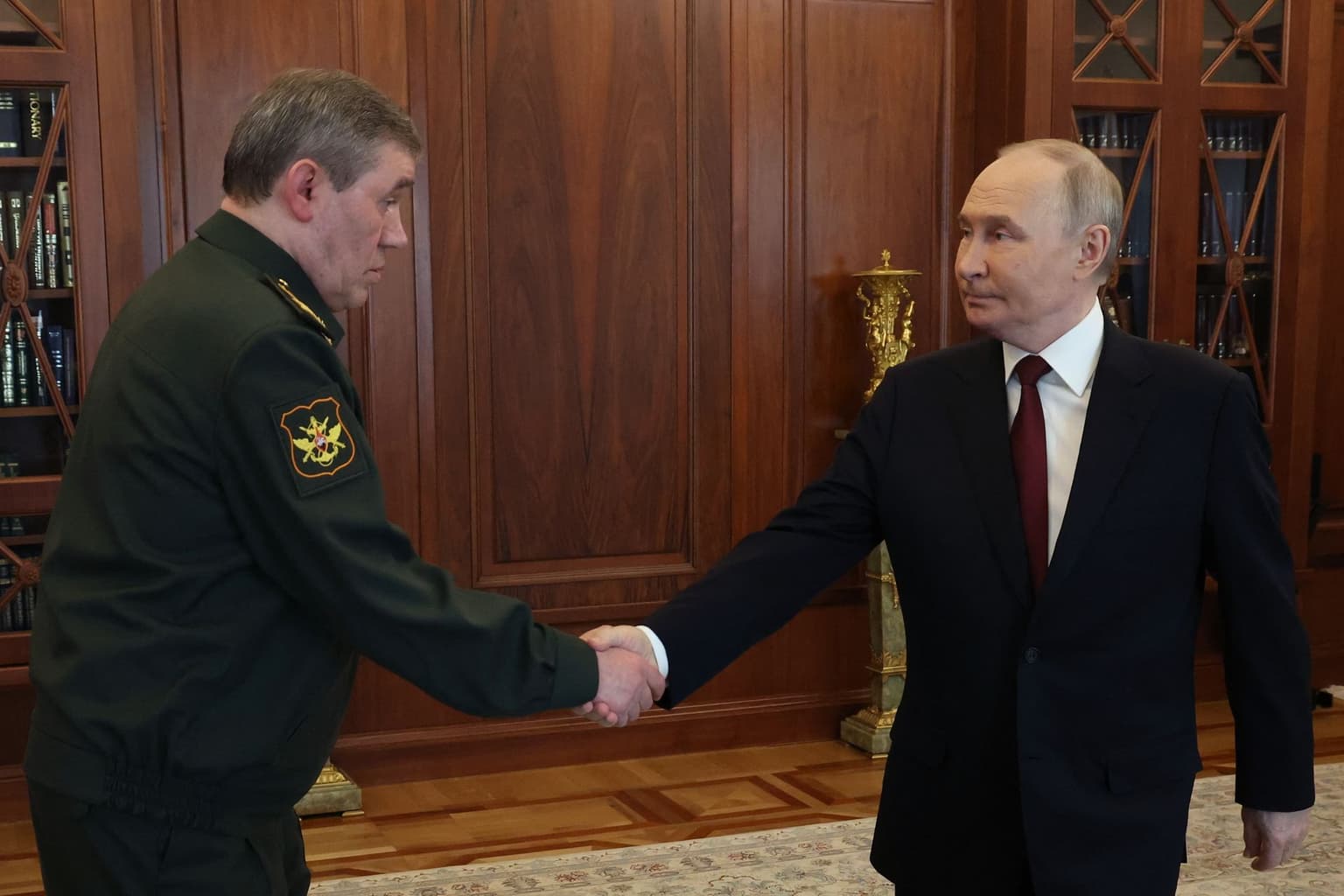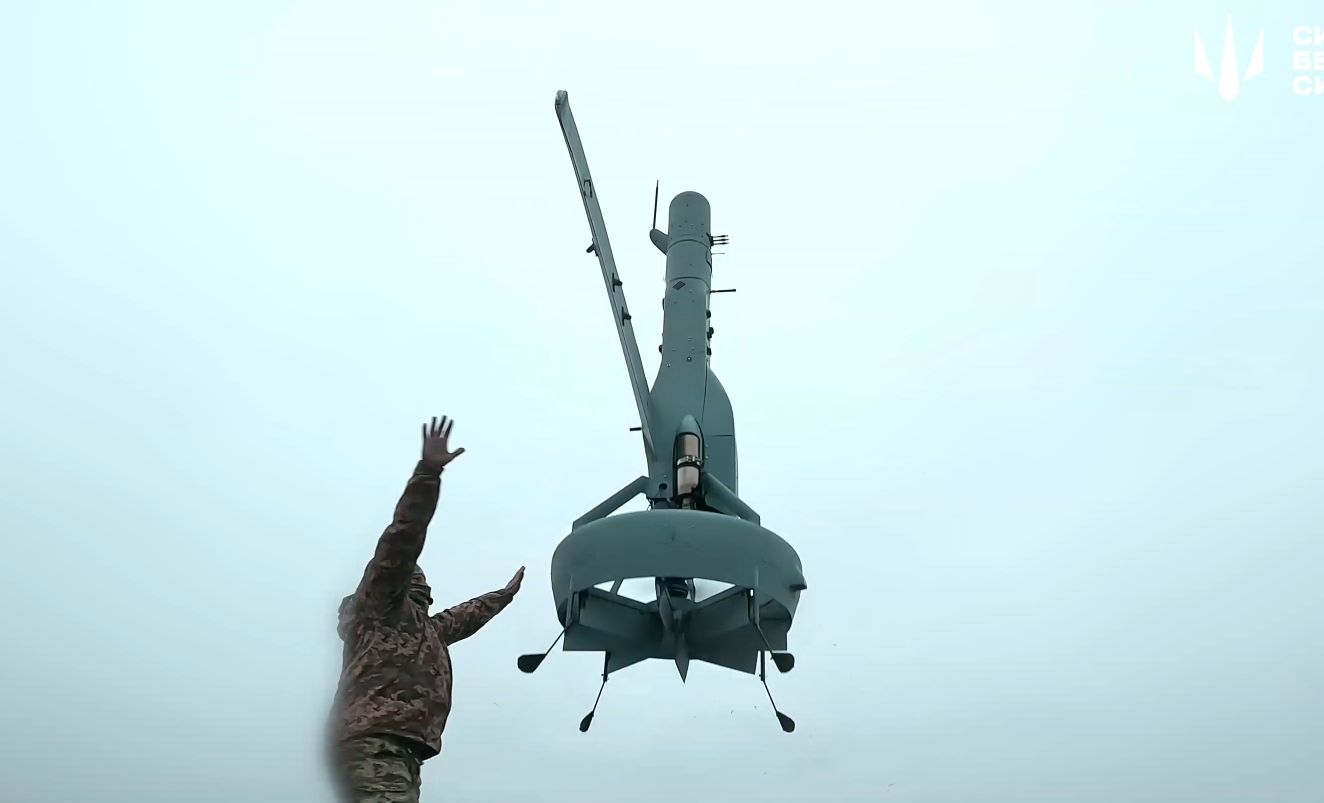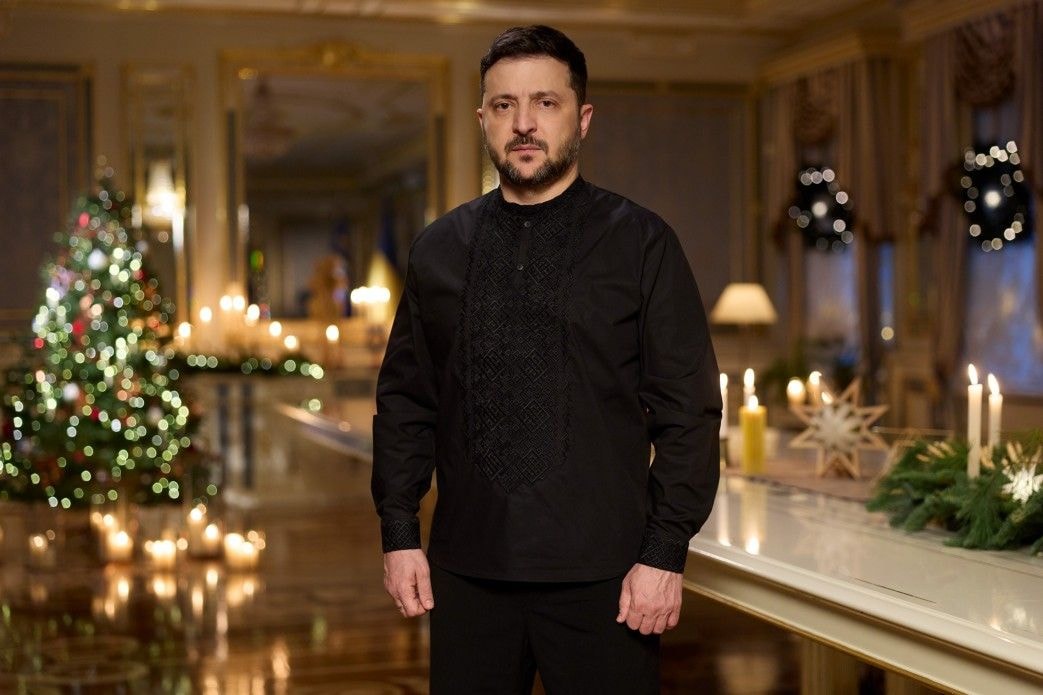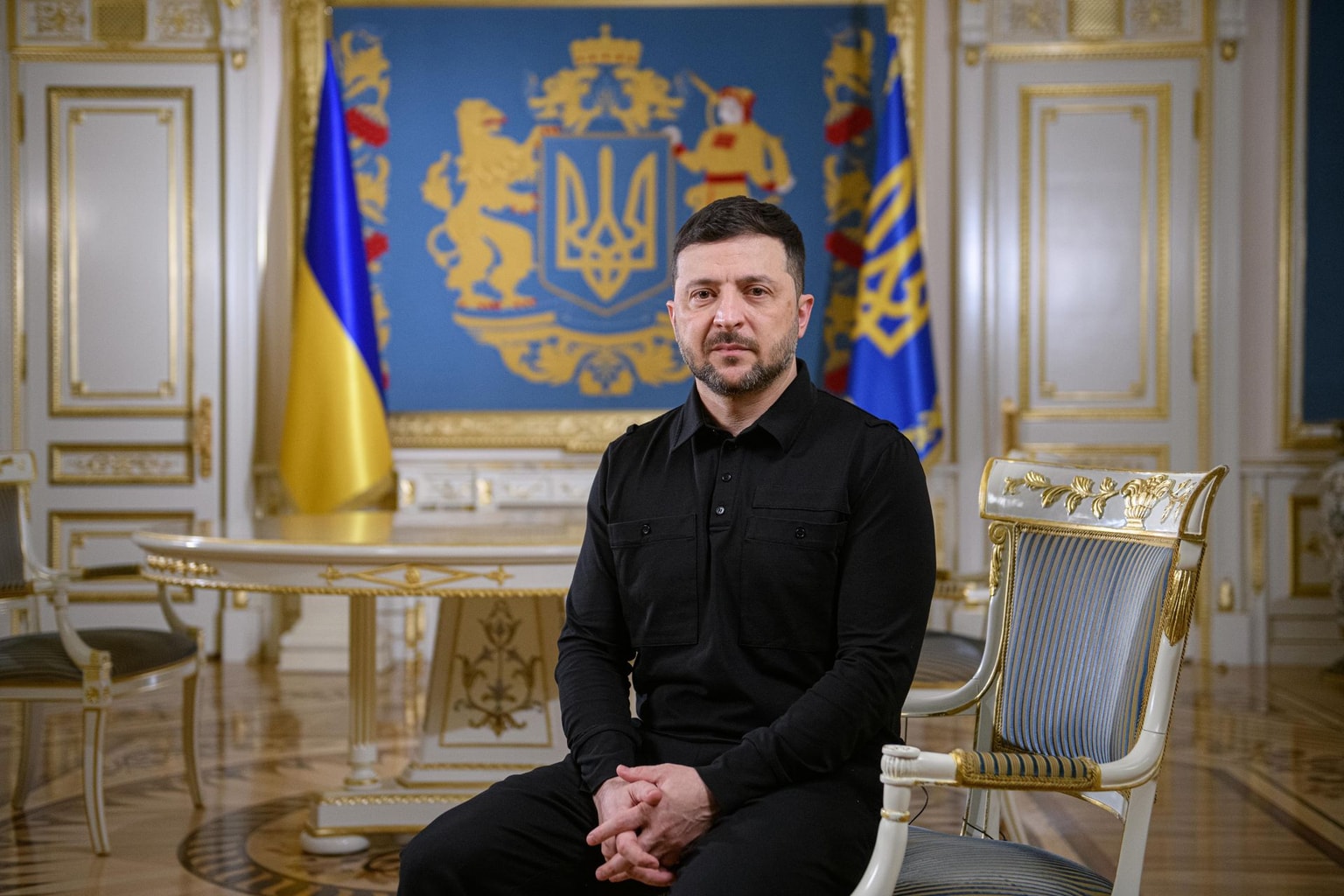Russia says it tested nuclear-powered Burevestnik cruise missile

Editor's note: The story was updated with the latest details.
Russia has tested its newly developed nuclear-powered, nuclear-armed Burevestnik cruise missile, Russian Chief of General Staff Valery Gerasimov said in a televised meeting with Russian President Vladimir Putin on Oct. 26.
"I have a report from the industrial bodies, and in general, I am familiar with the estimates provided by the Defense Ministry. It's a unique product that no one else in the world possesses," Putin claimed, according to Russian state media.
Russia was ready to test the low-flying nuclear missile ahead of Putin's summit with U.S. President Donald Trump in Alaska on Aug. 15, Reuters previously reported. Satellite imagery revealed extensive activity at the Pankovo test site on the Novaya Zemlya archipelago in the Arctic Ocean.
"We have launched a multi-hour flight of a nuclear-powered missile and it covered a 14,000-kilometer (8,700-mile) distance, which is not the limit," Gerasimov said, adding that the test launch lasted for 15 hours.
Trump said the announcement was "not appropriate," urging Putin to seek an end to the war in Ukraine instead of "testing missiles." He also noted that Moscow is aware the U.S. has a nuclear submarine deployed "right off their shore."
"They're not playing games with us; we're not playing games with them either," Trump told journalists on Air Force One on Oct. 27.
U.S.-based researchers previously identified a possible deployment site for Russia's Burevestnik missile. The site is adjacent to a nuclear warhead storage facility known as Vologda-20 or Chebsara, located about 475 kilometers (295 miles) north of Moscow.
Norway's military intelligence told Reuters that the cruise missile was launched from Novaya Zemlya, an Arctic archipelago in the Barents Sea.
Western analysts remain skeptical of the cruise missile. Eight experts interviewed by Reuters pointed to the missile’s troubled development history and inherent design flaws. They questioned whether its deployment would significantly alter the nuclear balance between the West and other adversaries.
Analysts say the Burevestnik missile has become more important to the Kremlin since the White House announced in January plans to develop the Golden Dome U.S. missile defense shield.












